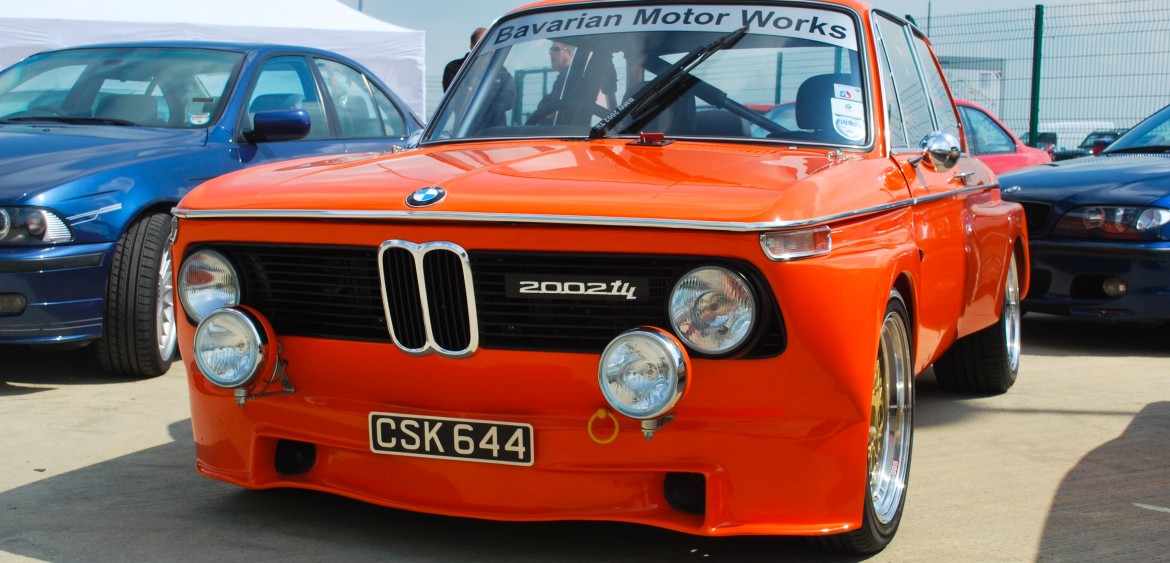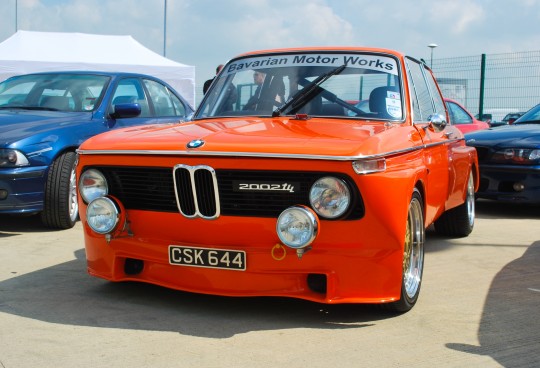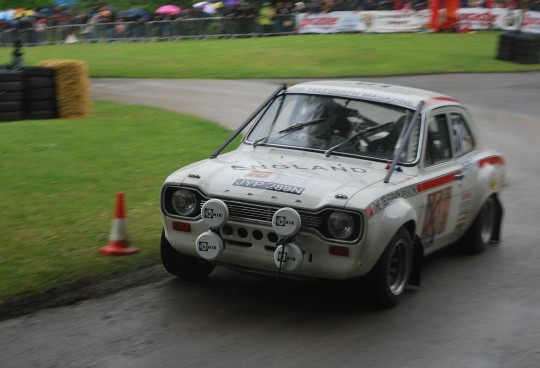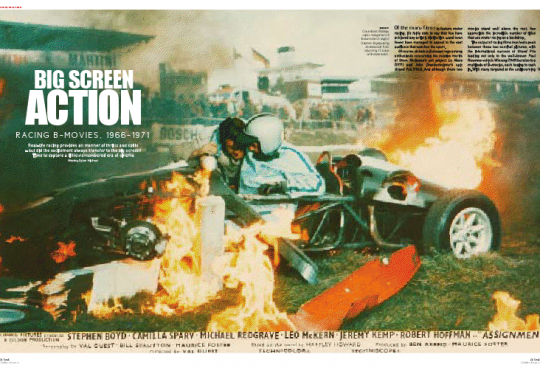As an inveterate car-spotter, always on the lookout for old classics, one occasionally sees a Renault 4 or Vauxhall Viva sitting dented and unloved by the kerb, and it never fails to stir my preservationist instincts. The unspeakable thought that a once dependable car should teeter on the brink of that final MOT, and find itself destined for the scrapyard; another dreadful Yaris rolling out of the showroom to take its place makes my blood boil. Thus I’m compelled to size-up the cost of the repairs necessary to restore said car to what they used to call its ‘former glory’ on Blue Peter – though I use that term loosely when applying it to a Vauxhall Viva – and the results are usually encouraging. Sadly though, there are of course exceptions, those cars that are just past the tipping point – often signified by the sprouting of flora from the bodywork – and become uneconomical to repair, and one of them, a particularly sad example too, slowly decays just a short walk from my house.
BMW were having a tough time of things in the late fifties, their sole hope for survival being a radical change in philosophy, one which steered them away from the luxury car market and into the production of bubblecars under licence from Isetta. The gamble paid off, and by 1962 the company were able to introduce an economy saloon, the 1500, the first of what were to be known as the BMW Neue Klasse or New Class. The instant popularity of the range meant that it expanded rapidly, until by 1966 the engine and all-round independent suspension of the four-door was placed in a lightweight two-door monocoque, the 1600-02, rapidly developed into the car that would change the fortunes of the marque forever: the 2002.
Developed by designers Georg Bertram and Manfred Rennen, the two-door saloon was primarily intended to be an entry-level model in the range, powered by the 1,573 cc M10 engine it was nippy and fun, the shorter wheelbase delivering excellent roadholding, and it wasn’t long before a Ti performance version became available, boosting power from 85 to 105 hp. Issues with adapting the dual Solex carburation system meant that the 1600 Ti could not be adapted to conform with US emissions regulations, however their single carb 1,990 cc unit posed no such problems, and had already been installed into the 1600-02 cars of M10 designer Alex von Falkenhausen and product planner Helmut Werner Bönsch with clearly advantageous effects upon performance… Upon introduction to the US, the 2002 proved a sensation, receiving nothing but excellent reviews for its performance, comfort, fuel efficiency and overall practicality – it was little short of a standard-setting revolution and its success heralded the dawn of a new era for BMW.
Soon the basic model was followed by the twin-carb 2002 Ti, which would go on to works racing prominence, taking three rounds of the ETC Championship in ’68 and six the following year, by which time it had been fitted with a KKK turbocharger, and designated 2002 TIK (K for kompressor), churning out a staggering 324 hp. Issues with the turbo unit left a number of victories to the fuel-injected Alpina-entered cars, and in 1969 the 130 hp Tii entered production, capable of 0 to 60 mph in under 9 seconds, and with a top speed in the neighbourhood of 120. The range would also include a cabriolet, a hatchback (designated the Touring) and from 1973 a refined turbo, developing 170 hp, the first European car to be so equipped.
The introduction of the 3 Series in 1975, brought production of the 2002 to an end, causing a positive outcry from what had become an army of enthusiasts, though the onset of the fuel crisis had already limited production of the Turbo to just 1,672 examples, and killed off the injected Tii in 1974. And that, unfortunately, is the car I walk past most mornings. Once white, it’s now green with mildew and moss, with not a single salvageable panel and only the BBS alloys to hint at its past life as a performance car. It’s SORN and it’s a goner, but that doesn’t stop me hoping that maybe the owner has a lot more money than sense…
First published on Discoveryuk.com




